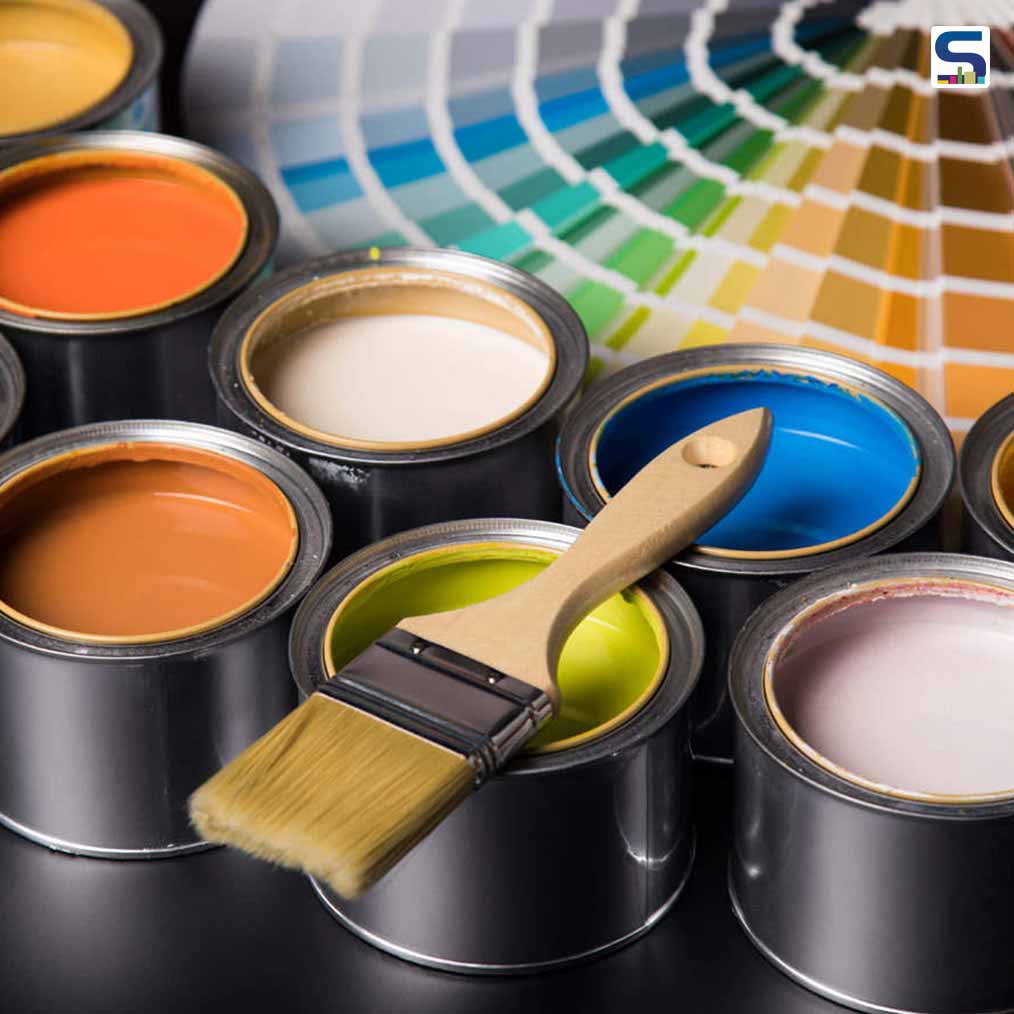
Planning to upgrade the look of your house with a fresh coat of paint? Don't worry. For the beginners, SURFACES REPORTER (SR) has brought a short and crisp guide to choose the right kind of paint to spruce up your decor.
Take a look at five different types of paints that are available in the market: -
1.Acrylic Emulsion Paint
A mixture of water and acrylic polymer constitutes this paint. An emulsion is a stable mixture of components that do not normally mix well. Chemical emulsifiers are added to force the water and acrylic polymer into a stable mixture until the water either evaporates or is absorbed.

Pros
- Emulsion paint comes with a quick-drying feature and with a very low level of VOCs (volatile organic compounds).
- As compared to other water-based paint and oil-based paint, it is quite easy to apply emulsion paint.
- The paint is available in various finishes, such as matte, satin and silk.
- It prevents from direct exposure to water. Thus, does not affect the color and quality of emulsion paint.
- With extreme durability, the paint lasts long.
- Emulsion paints come with an extraordinary feature that it can be painted on any surfaces like metal, wooden furniture, walls, glass, and concrete.
- Emulsion paint is fungus, mildew and crack proof.
Cons
- Before application of the emulsion paint, it requires a coat of primer.
- Another con of emulsion paint is that the glossy finishes of this paint show up all the imperfections and undulations of the walls.
- The emulsion paint is costly as compared to other oil-based paints.
Read more: Khadi Prakritik: India’s First Paint Made out of Cow Dung
Enamel Paint
Enamel paint is a type of paint with an opaque and glossy finish. It is strong, long-lasting and generally used for painting indoors or metal surfaces. Enamel paint is available as oil-based paint and water-based paint too.
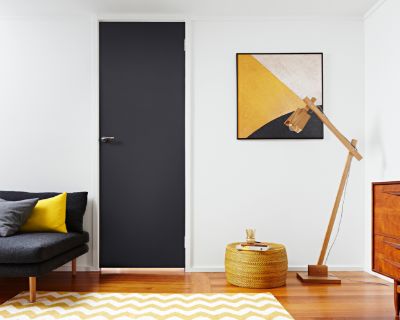
Pros
- Enamel paint is extremely durable.
- It is glossy, which imparts a rich finish to the walls.
- It comes with a wide range of colors which helps homeowners to search for the right shades and tones.
- Enamel paint is best suited for areas that are subject to high moisture and humidity.
Cons
- It may develop cracks over a period of time so it is less flexible in comparison to emulsion paint.
- It emits strong odors which may be very harmful for health.
- As to clean the paint brushes a solvent such as turpentine is required.
Read more: Why All The Structures, Houses, Streets, Alleyways, and Even The Stairs Are Blue In Chefchaouen?
3. Distemper Paint
The distemper paint provides a smooth finish to the surfaces. Commonly referred as the cement paint, the distemper paint can be directly applied on the plaster walls without the use of any primer coat. This paint is available in both the powder form as well as the paste form in the market.
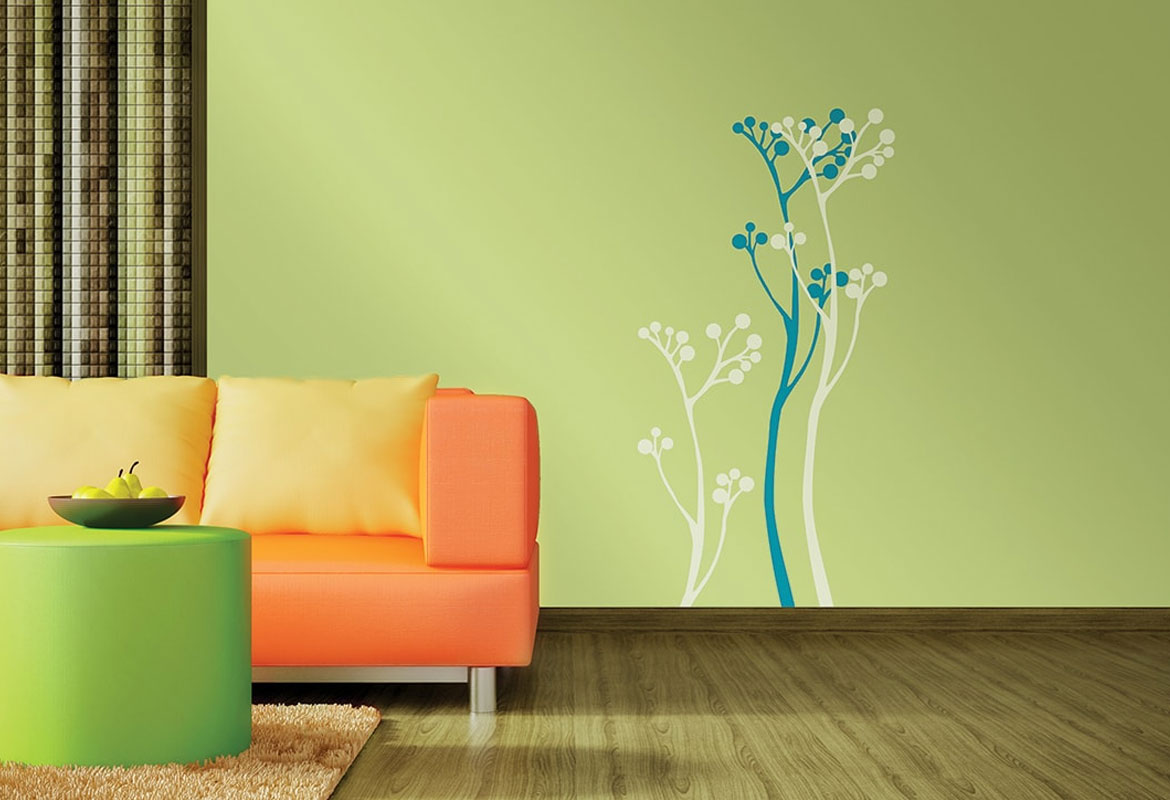
Pros
- It gives an aesthetically pleasing matt finishes to the surfaces.
- Distemper paint does not crack in the presence of sunlight.
- It is economical and easily available in the market.
- It can be used in both interior as well as exterior.
Cons
- Distemper paint can be easily scraped off.
- Distemper paint is not water-resistant.
Read more: New Delhi Based Architecture Interior Design Studio Renesa Created Home Decor Showroom With 1000 Terracotta Bricks
4. Textured Paint
As the name suggests, textured paints have a tangible texture that makes a wall pop up. The paint is mostly used to highlight certain areas and not the entire walls. Mostly, texture paints are water- based and no volatile organic compound present in it.
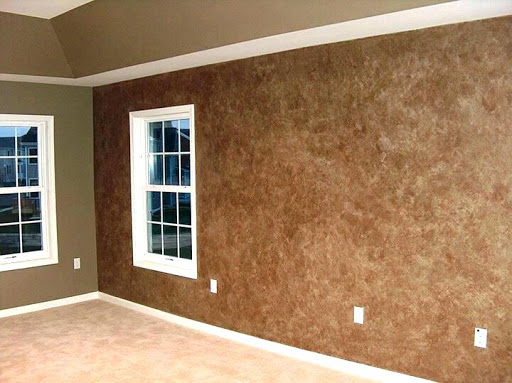
Pros
- It gives a new and refreshing look by highlighting the focus walls in your house.
- As it is done by professionals, the output is quite visually appealing.
- If you are planning to invest for the long term, texture paints are the best option as they do not come off easily.
- Textured paint can impart a rustic look to the accent wall.
- It is usually thicker than the other types of paint.
- Textured paint is a great way to cover minor defects such as an uneven or damaged wall or even wall cracks.
- You can use wallpapers to add personalized designs to different walls, as it can be easily removed.
Cons
- Textured paint is very expensive as compared to other conventional types of paint.
- If the surface of the textured paint is damaged, it becomes very difficult to touch up the surface in precisely the same color or texture. There is likely to be a slight color variation.
Read more: 10 Smart, Simple and Effective Interior Design Ideas to Refresh Your Home On A Budget in 2021
5. Metallic Paint
Metallic paint, also called metal flake or polychromatic, is a type of paint that is most common on new automobiles, but is also used for other purposes. Metallic paint can reveal the contours of bodywork more than non-metallic, or "solid" paint. Also, the small metal flakes included in the paint create a sparkling effect mimicking a metal surface.
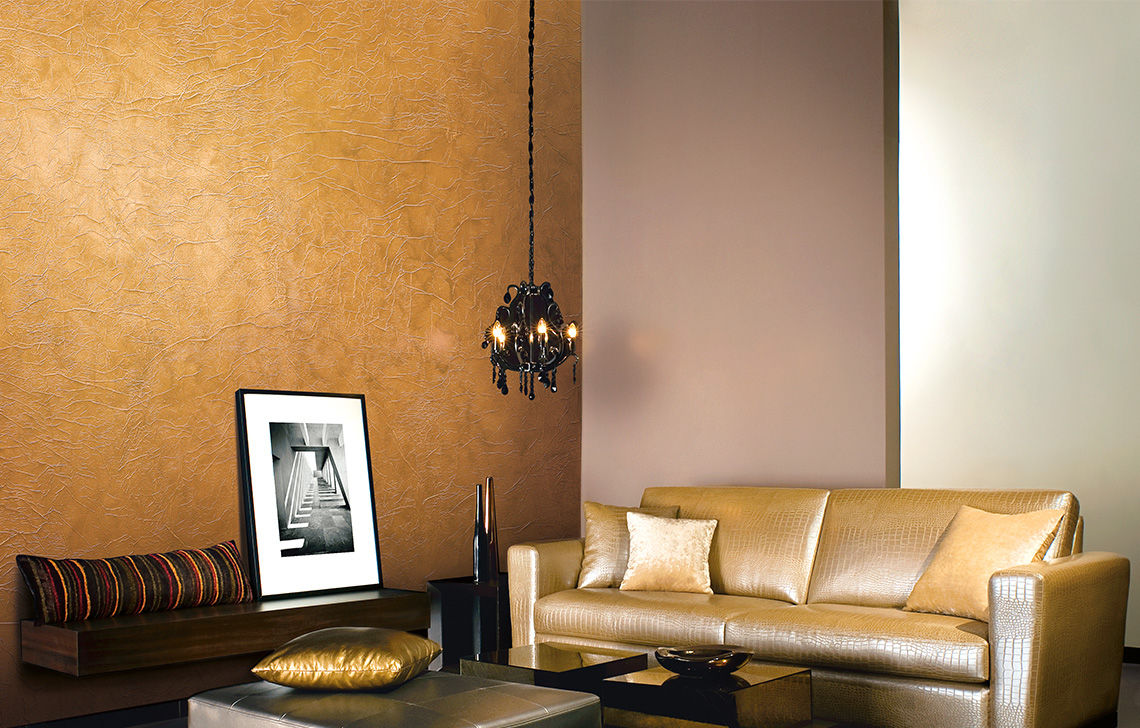
Pros
- Metallic paint has a metallic finish which imparts a high-look luxurious look to the space.
- Metallic paint works as a great alternative to the wall panel.
- The paint offers a very cool visual effect and make things more noticeable.
- Metallic paints are a type of premium paint and it can hide dings and scratches because it is highly reflective.
Cons
- These paints are very expensive, but, on the other hand, it takes only a small section of wall painted with metallic paint to create a stunning effect.
Read more: Beirut Art Deco Inspired Interiors of Rue Du Liban and Gustoso- Restaurant by Juhi Chawla and Jay Mehta
Keep reading SURFACES REPORTER for more such articles and stories.
Join us in SOCIAL MEDIA to stay updated
SR FACEBOOK | SR LINKEDIN | SR INSTAGRAM | SR YOUTUBE| SR TWITTER
Further, Subscribe to our magazine | Sign Up for the FREE Surfaces Reporter Magazine Newsletter
You may also like to read about:
This Bat Trang House in Vietnam Highlights An Expressive Perforated Ceramic Brick Façade | Vo Trong Nghia Architects
A Serene Home For Three Generations Layered in South Indian Temple Complex | Between Spaces | Bangalore | Cuckoo’s Nest
& more